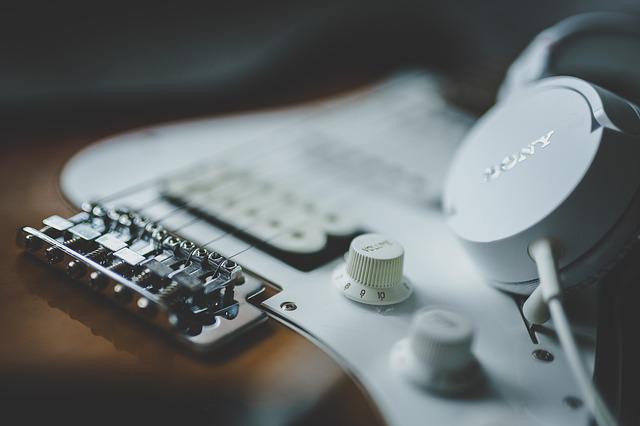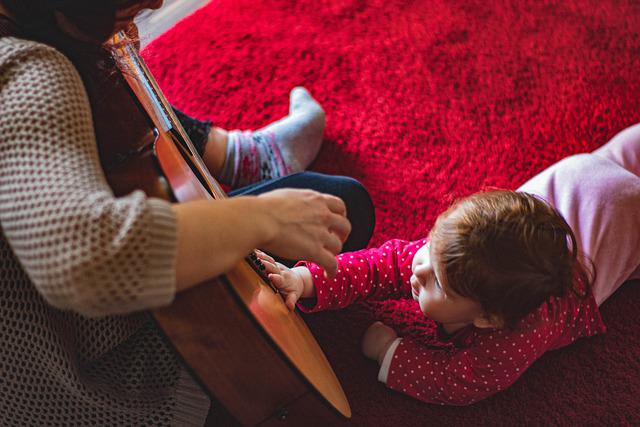Time to amp things up!
Introduction
Hello, rockstars! Looking to record a fresh single after hours of practice? Or you might want to play a live show. In both cases, you’ll need to mic your amp to get a high-quality sound output. Luckily for you, in this article, you’ll learn how to mic a guitar amp! Not only that but you’ll also be able to tell which mic you should record with and whether or not a high-quality cable matters!
Are cables important?
Before we get to setting up a mic to your amp, let’s talk about the cable you use. How you set up your mic won’t matter if your cable doesn’t deliver sound to your amp properly.
If you’re using the cables that came with your amplifier/guitar, then we have news for you buddy. You’re not doing your guitar or amp any justice. These cables are usually just meant for testing and don’t deliver the best sound. Instead, it’s a good idea to invest in a high quality cable that brings the best out of your guitar and amp.
What mic should I use?
Your first question when thinking of micing a guitar amp should be about choosing the right mic. The mic you choose will decide how good (or bad) the audio quality may sound! Some popular mics include just using a condenser, a regular hand mic, a dynamic mic, or a ribbon mic, which are all great choices when used properly.
Dynamic mics are a very popular choice for mic guitar amps considering how well they suit a guitar’s sound. Condensers are amazing for recording your guitar at home. Just place your condenser mic at a slight angle from the center for the best result! With ribbon mics, you have to make sure the room you’re in is suited for recording as these mics record directly in front and behind them. Using ribbon mics for live shows is an obvious no-go!
You can always use two mics to capture the complete range of frequencies. If you can, go with one mic that captures the higher and mid-range frequencies combined with another one that can capture that sweet sweet bass!
How To Mic A Guitar Amp
When you’re figuring out how to mic a guitar amp, you have to focus on the kind of sound you want. Even an inch of change in position can completely change the kind of sound you get from the amp.
If you have a mic stand, all’s well and good. Just attach the mic to the stand, place it where you want to and you’re good to go. Even if you don’t have a mic stand, you can place the mic on a box or something else to position it where you want it.
When it comes to sound, you have a few options while setting up your mic. The closer your mic is to the speaker, the more bass you’ll get. Place your mic further away from the speaker if you don’t want booming bass.
If you’re someone that likes a nice bright sound, keep your mic in the center of the speaker. Putting the mic at the edges will result in a darker sound.
Quick Tip: To balance out any harsh high frequencies, try placing your mic at an angle rather than directly pointing it at the speaker.
If you’re wondering how to figure out where exactly your amp’s speaker is to precise place the mic, fret not, there’s an easy way for that as well. Just shine a light onto the speaker grill to see it clearly and mic the amp!
Conclusion
In conclusion, learning how to mic a guitar amp is simple and highly customizable! Pay attention to the mic you use, choose one according to your situation. Using the wrong mic can negatively impact the sound of your guitar.
Keeping the mic next to the edges of the speaker will result in a darker sound and closer to the center will get you brighter tones. Get closer to the speaker for more bass and further away for else. With that, we end this article and wish you good luck!



